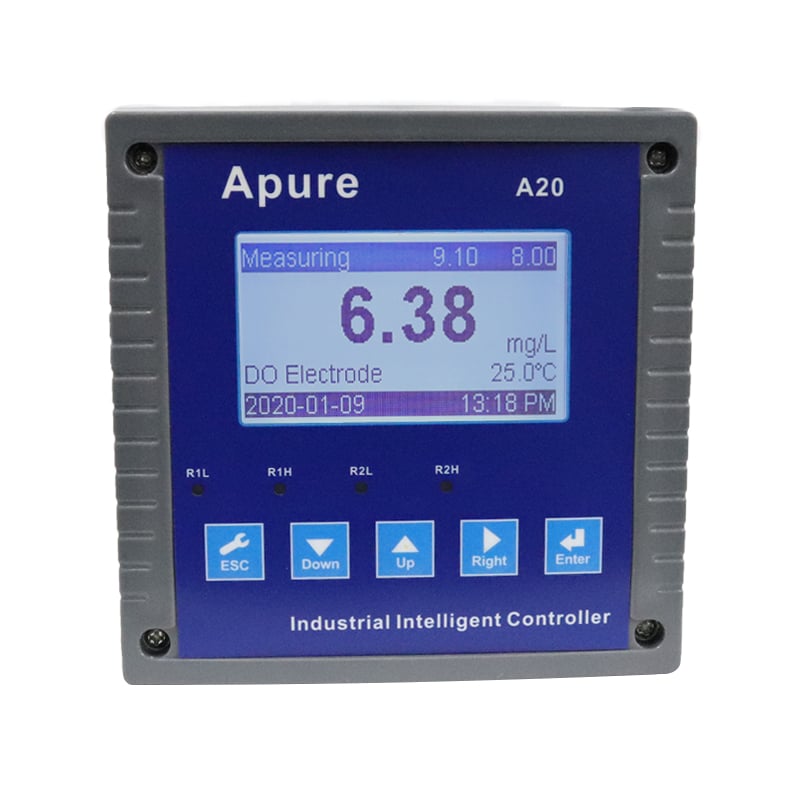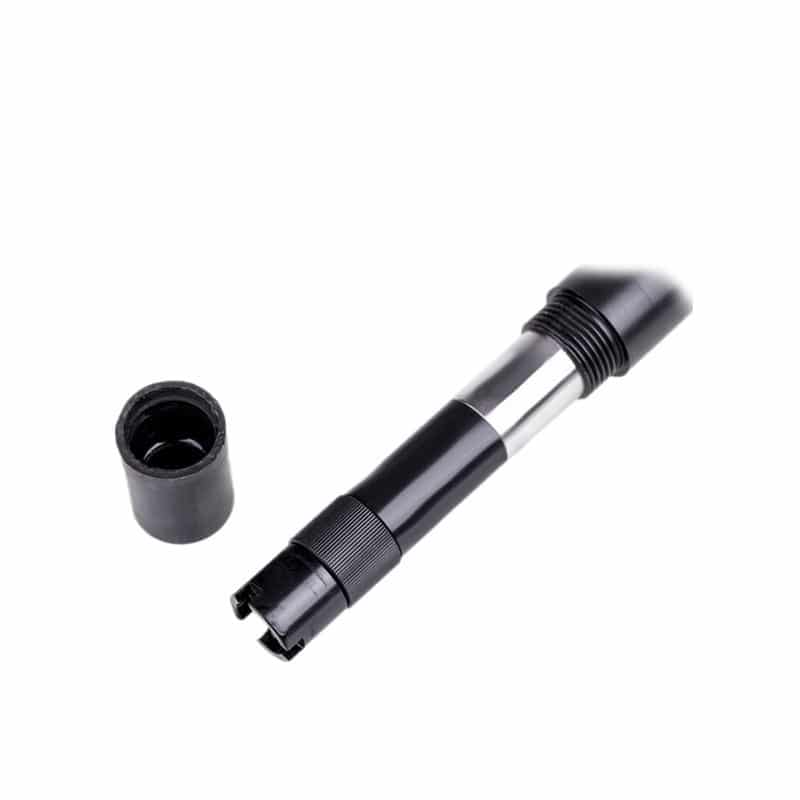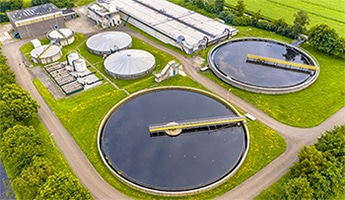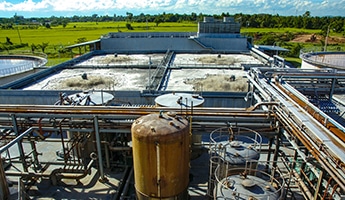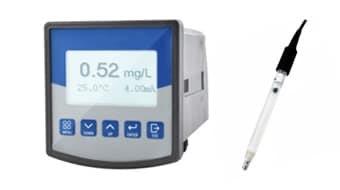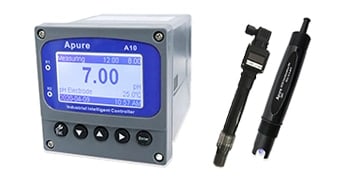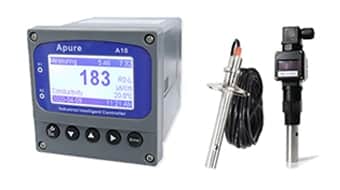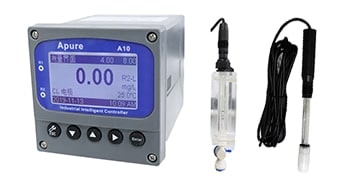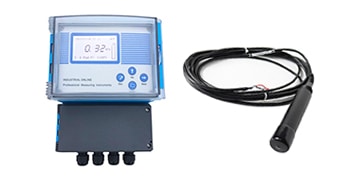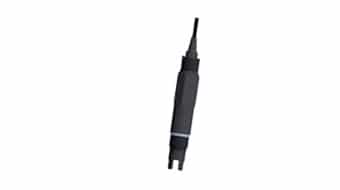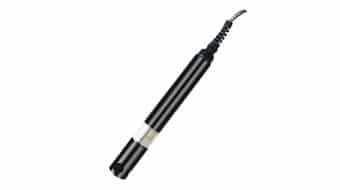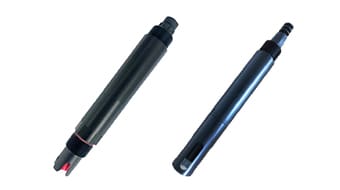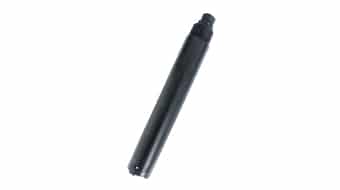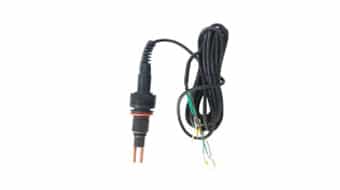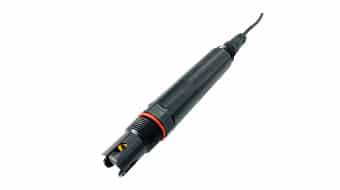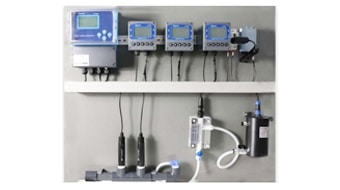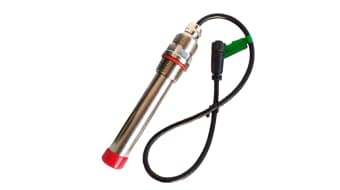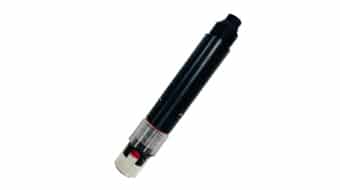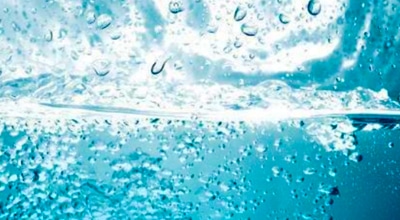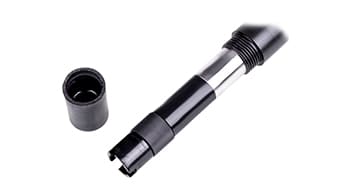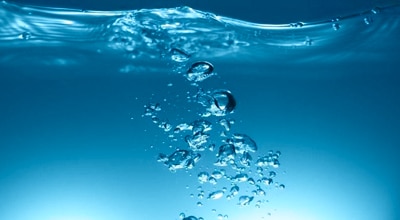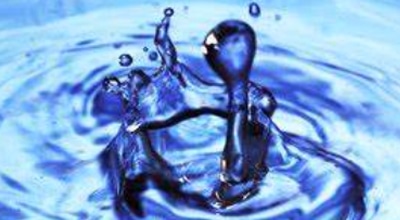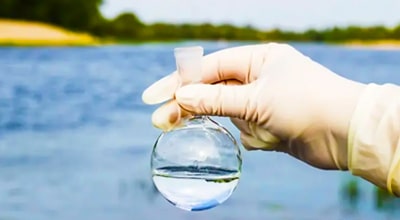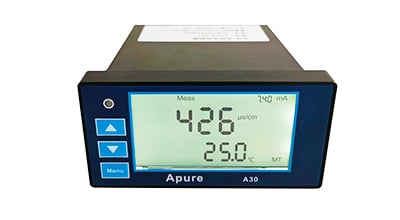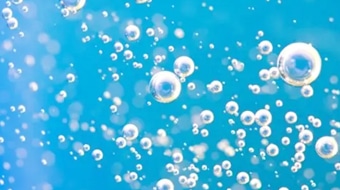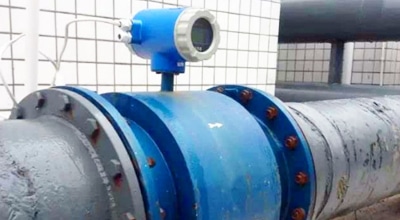Dissolved Oxygen Meter & Sensor
Apure offers dissolved oxygen (DO) analyzer that works with the three common technologies for dissolved oxygen measurements: polarographic, galvanic and optical. Our dissolved oxygen analyzers provide high precision measurement and are built to withstand the harshest applications, requiring minimum maintenance and helping you achieve increased efficiency and reduced operating costs. The standard units of measure are milligrams per liter (mg/l), parts per million (ppm), parts per billion (ppb), or % saturation.
What is dissolved oxygen (DO)?
Dissolve in the water molecules in the air condition known as dissolved oxygen, oxygen content of the dissolved oxygen in the water and the partial pressure of oxygen in air, the water temperature has a close relationship. Under natural circumstances, the oxygen content in the air does not change much, so the water temperature is the main factor, the lower the water temperature, the higher the dissolved oxygen content in the water.
The molecular oxygen dissolved in water is called dissolved oxygen, usually denoted as DO, and is expressed in milligrams of oxygen per liter of water. The amount of dissolved oxygen in water is an index to measure the self-purification capacity of water body.
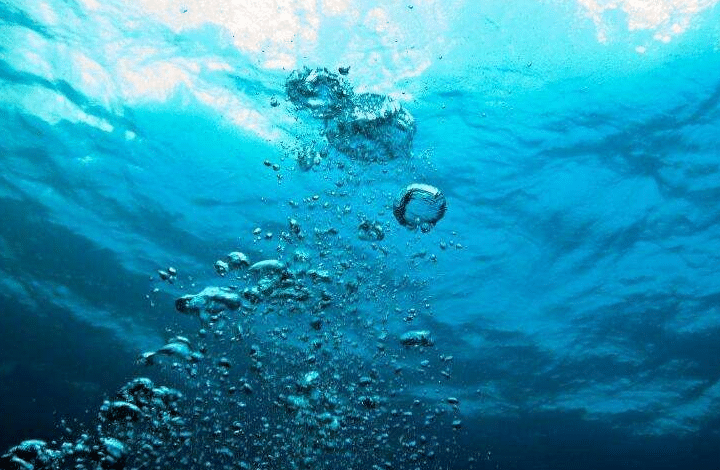
Why need to measure the dissolved oxygen?
For aquaculture, if dissolved oxygen levels are too low, fish can suffocate and die as a result. In wastewater treatment plants, bacteria break down solids. If DO levels are too low, bacteria die and decomposition stops; if dissolved oxygen levels are too high, then energy is wasted through aeration of the water. In industrial applications, including boilers, supplemental water must have low DO levels to avoid corrosion and boiler fouling. Monitoring dissolved oxygen levels is critical to ensure process efficiency, as boiler fouling inhibits heat transfer. High dissolved oxygen levels in water can improve the taste of drinking water. However, high dissolved oxygen levels can increase corrosion in water pipes and transport lines.
Method for measuring dissolved oxygen
Three methods are available for measuring dissolved oxygen concentration. Modern technology involves electrochemical or optical sensors.
- Dissolved oxygen sensors are connected to instruments used for field sampling and laboratory applications or to data loggers, process monitors or transmitters for deployment measurements and process control.
- Colorimetric methods provide a basic approximation of the dissolved oxygen concentration in a sample. There are two methods designed for high and low range dissolved oxygen concentrations. These methods are fast and inexpensive for basic projects, but are limited in range and error prone due to the possible presence of other redox agents in the water.
- The traditional method is the Winkler titration method. While this method has been considered the most accurate and precise for many years, it is also prone to human error and more difficult to perform than other methods.
Dissolved oxygen measurement by sensor method
The most popular method for dissolved oxygen measurements is the use of dissolved oxygen meters and sensors. While the general categories of dissolved oxygen sensors are optical and electrochemical sensors, electrochemical sensors can be further subdivided into polarographic, pulsed polarographic and current sensors. In addition to standard analog outputs, some of these dissolved oxygen sensor technologies can also be used in smart sensor platforms with digital outputs.
DO sensors can be used in the laboratory or in the field.DO sensors can be designed for biochemical oxygen demand (BOD) testing, field sampling or long-term monitoring applications. Dissolved oxygen meter, water quality probe or data logging system can be used to record the measurement data obtained using DO sensors.
Since the dissolved oxygen concentration is affected by temperature, pressure and salinity, these parameters need to be taken into account. These compensations can be done manually, or automatically using a DO meter or data logging software. Temperature is typically measured by a thermistor within the sensor and is acquired by the meter or data logger without prompting. Many dissolved oxygen meters include an internal barometer, and a data logging system can be set up for pressure measurements using an external barometer or water level sensor. Barometric pressure can also be manually entered as altitude, true barometric pressure, or corrected barometric pressure. Salinity can be measured with a conductivity/salinity sensor and automatically compensated, or approximated and manually entered as:
| Freshwater | < 0.5 ‰ (PPT or parts per thousand) |
| Brackish water | 0.5-30‰ |
| Sea water | 33-37‰ |
| Saline water | 30-50‰ |
| Brine | > 50‰ |
Optical Dissolved Oxygen Sensor
Optical dissolved oxygen sensors measure the interaction between oxygen and certain luminescent dyes. When exposed to blue light, these dyes are excited (electrons gain energy) and emit light as the electrons return to their normal energy state. When dissolved oxygen is present, the returned wavelength is limited or altered due to the interaction of oxygen molecules with the dye. The effect of the measurement is inversely proportional to the partial pressure of oxygen. Although some of these optical DO sensors are referred to as fluorescent sensors, the term is technically incorrect. These sensors emit blue light, rather than UV light, and are referred to as optical or luminescent DO sensors. Optical DO sensors can measure the intensity or lifetime of the luminescence, as oxygen affects both.
Optical DO sensors consist of a semipermeable membrane, a sensing element, a light-emitting diode (LED), and a photodetector3. The sensing element contains a luminescent dye immobilized in a sol-gel, dry gel, or other matrix. The dye reacts when exposed to the blue light emitted by the LED. Some sensors also emit red light as a reference to ensure accuracy. This red light does not cause luminescence, but is simply reflected back by the dye. The intensity and luminous lifetime of the dye when exposed to blue light depends on the amount of dissolved oxygen in the water sample. As oxygen passes through the membrane, it interacts with the dye, thus limiting the intensity and lifetime of the luminescence. The intensity or lifetime of the returned luminescence is measured by a photodetector, which can be used to calculate the dissolved oxygen concentration.
Electrochemical dissolved oxygen sensor
Electrochemical dissolved oxygen sensors can also be referred to as current or Clark-type sensors. There are two types of electrochemical DO sensors: current type and polar spectrum type. Polar spectrum DO sensors can be further subdivided into steady state and fast pulse sensors. Both galvanic and polarographic DO sensors use two polarizing electrodes, an anode and a cathode, in an electrolyte solution7. The electrodes and electrolyte solution are isolated from the sample by a thin semi-permeable membrane.
When the primary cell DO sensor is immersed in the water sample, oxygen diffusing across the permeable membrane at a rate proportional to the oxygen pressure in the water is reduced and consumed at the cathode. This reaction produces a current that is directly related to the oxygen concentration. This current is carried by ions in the electrolyte and flows from the cathode to the anode.
Anode (Pb) – Lead oxidation reaction: 2Pb → 2Pb 2+ + 4e-
Cathode (Ag) – oxygen reduction reaction: O 2 + 4e- + 2H 2 O → 4OH-
Total reaction: O 2 + 2H 2 O + 2Pb → 2Pb(OH) 2
The current generated is proportional to the oxygen consumed and therefore proportional to the partial pressure of oxygen in the sample.
The white solid Pb(OH)2 produced by these reactions precipitates into the electrolyte solution. It neither covers the anode nor consumes the electrolyte solution, so it does not affect the sensor performance until the amount is excessive. If this occurs, it may interfere with the ability of the ions to carry current.
Since the protoelectric DO sensor is self-polarizing, the anode will continue to be consumed even when the sensor is not in use. When not measuring for a long period of time, the DO suction tip should be disconnected and stored.
Galvanic DO sensor VS Optical DO sensor
| Galvanic DO Sensor | Optical DO Sensor | |
| Stirring | ·Required | ·Not required |
| Warm-up time | ·Not required | ·Not required |
| Response time | ·Faster than optical DO sensor | ·Fast but takes 2-4x longer than electrochemical DO sensor |
| Power consumption | ·Require less power than optical DO sensor | ·Usually require more power than electrochemical DO sensor |
| Calibration | ·Retains calibration data in the meter·Tends to drift away from calibration so frequent calibration is required | ·Retains calibration data in the sensor head·Hold calibration better with little drift but regular calibration is still recommended |
| Membrane | ·Vulnerable to damage and wear and tear | ·Durable |
| Lifetime | ·Shorter than optical DO sensor | ·Longer than electrochemical DO sensor |
| Replacement Frequency | ·DO tip replacement is every after 6 months depending on the application and handling.·When the sensor reading is unusually low or unstable or the sensor will not calibrate, the sensor tip needs to be replaced. | ·DO sensor cap replacement is every after 12 months depending on the application and handling.·The dye degrades over time. When the sensor will not calibrate, the sensor cap needs to be replaced. |
| Warranty | ·6 months | ·12 months |
| Cost | ·Cheaper than optical DO sensor | ·More expensive than electrochemical DO sensor |
| Applications | ·Not suitable for samples containing strong acids and hydrogen sulfide gas | ·Suitable for samples containing strong acids and hydrogen sulfide gas·More accurate to low DO concentrations·Require less sample volume |


